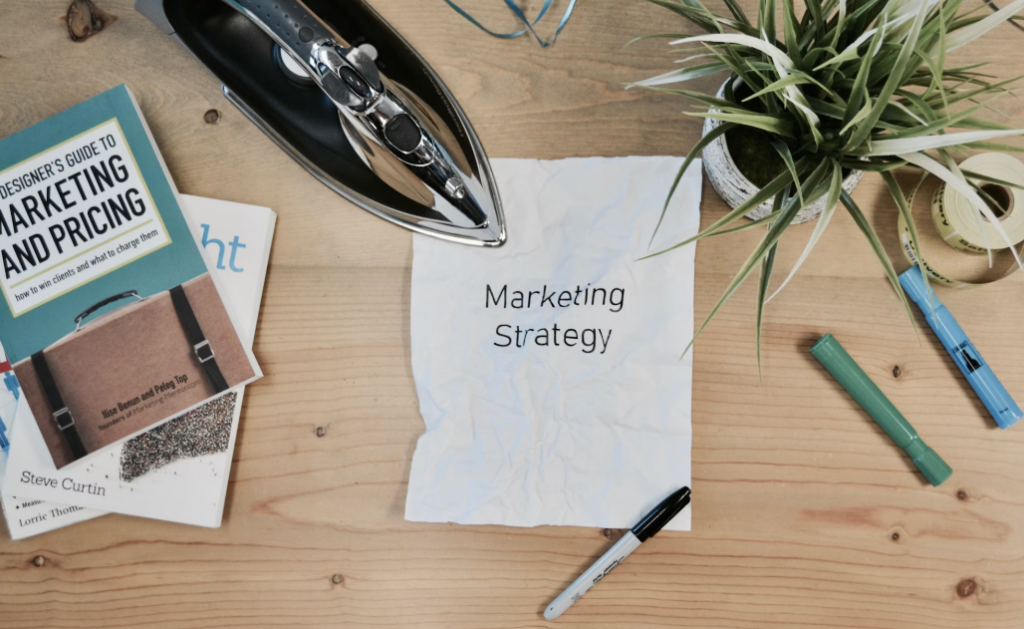How to Use Compounding Retention, Lifetime Gross Profit, and Smart Onboarding to Grow Without Cash Flow Strain
If you’re running a marketing agency, acquiring new clients is only half the battle. Real growth comes from keeping those clients long enough to generate meaningful profit—without draining your cash reserves in the process.
Retention isn’t just a marketing metric. It’s a financial lever that drives long-term revenue, boosts profitability, and improves the scalability of your business.
In this article, we’ll show you how to:
- Calculate retention accurately using the compounding effect
- Estimate customer lifetime and Lifetime Gross Profit (LGP)
- Recover acquisition and delivery costs quickly using sales velocity
- Use a strategic $8,000 onboarding workshop to fund growth from day one
Why the Compounding Effect Matters
Most agencies look at retention as a flat churn percentage—but that view oversimplifies client behavior. The longer a client stays, the more likely they are to stay again. This is the compounding effect.
By calculating retention this way, you gain a more realistic view of client lifetime and long-term revenue—giving you the insight to forecast, hire, and invest with confidence.
Step 1: Calculate Annual Retention
Suppose 30.23% of your clients stay with your agency after four years. To find your annual retention rate, apply this formula:
Annual Retention = (4-Year Retention Rate) ^ (1 ÷ 4)
Annual Retention = 0.3023 ^ 0.25 ≈ 74.2%
This means you retain roughly 74.2% of your clients each year.
Step 2: Calculate Monthly Retention
To analyze trends more closely—especially with monthly retainers—use:
Monthly Retention = (4-Year Retention Rate) ^ (1 ÷ 48)
Monthly Retention = 0.3023 ^ (1 ÷ 48) ≈ 97.66%
You retain about 97.66% of clients monthly. This helps you spot churn patterns related to seasonality, campaign results, or onboarding drop-offs.
Step 3: Estimate Customer Lifetime
Once you know your annual retention rate, you can estimate how long a client stays:
Customer Lifetime = 1 ÷ (1 – Annual Retention Rate)
Customer Lifetime = 1 ÷ (1 – 0.742) ≈ 3.87 years
This number drives your long-term revenue and profit forecasts.
Step 4: Calculate Lifetime Gross Profit (LGP)
To understand the full value of a client relationship, calculate Lifetime Gross Profit:
LGP = Annual Revenue per Client × Customer Lifetime × Gross Margin
Assume:
- Annual Revenue = $10,000
- Lifetime = 3.87 years
- Gross Margin = 80%
LGP = $10,000 × 3.87 × 0.80 = $30,960
Each client you retain is worth nearly $31,000 in gross profit. That makes decisions about CAC, pricing, and delivery far more strategic.
Why Sales Velocity Matters
Retention and LGP tell you how profitable your clients are. But sales velocity tells you how quickly you can recover your upfront investment—and how fast you can scale.
The goal is to recover both Customer Acquisition Cost (CAC) and service delivery costs within 30 days. That 30-day window aligns with the interest-free grace period offered by most business credit cards or vendor terms. If you hit that target, you can fund growth using short-term float—without dipping into reserves or taking on debt.
The Sales Velocity Formula:
2 × (CAC + Delivery Cost) ≤ 30 Days
Real-World Example: $8,000 Recovery Target
Let’s say:
- CAC = $2,000
- First-month service delivery = $2,000
- Total upfront cost = $4,000
- Target recovery = 2 × $4,000 = $8,000
To meet this goal, you need to generate $8,000 from a new client in their first 30 days. Here’s how you do it—by transforming onboarding into a high-value service.
The $8,000 Strategic Marketing Workshop
Instead of offering discounted onboarding or underpriced setup, reframe your first 30 days as a Strategic Marketing Workshop—a fast-paced, high-impact experience designed to drive immediate value and long-term trust.
This structure helps clients get early results while funding your acquisition and delivery costs.
What’s Included:
- Brand & Messaging Strategy Session
Clarify positioning, audience, and messaging. - Competitive Audit & Channel Recommendations
Identify where to win and how to differentiate. - 90-Day Campaign Roadmap
Prioritized action plan with execution milestones. - Launch of One High-Impact Asset
Could include a paid ad campaign, landing page, or lead gen funnel.
This isn’t just onboarding—it’s the foundation for a profitable long-term engagement.
Why This Approach Works
- Covers CAC and delivery cost immediately
- Positions your agency as a strategic partner, not a vendor
- Builds client trust faster, improving retention
- Generates early profit that can be reinvested into MORE growth
It also keeps you within your 30-day cash recovery window, giving you the freedom to grow without borrowing or burning through reserves.
How It All Fits Together
| Metric | Purpose |
| Retention | Shows how long clients stay |
| Lifetime Gross Profit | Tells you how valuable each client is |
| Sales Velocity | Measures how fast you recover CAC and delivery cost |
| Strategic Workshop | Enables fast recovery and margin from day one |
When these four elements align, you move from guesswork to a reliable, repeatable model for profitable growth.
Final Thoughts
Retention, LGP, and sales velocity are more than performance indicators—they’re levers you can control to build a stronger, more scalable agency.
By applying the compounding effect to retention, calculating the true value of each client, and using smart onboarding pricing, you create a system that funds its own growth. No outside capital. No cash flow gaps. Just a clear path to scale.
Ready to Build a Smarter Financial Model?
If you’re unsure whether your onboarding strategy, CAC recovery, or retention math is aligned for scalable growth, Argento CPA’s fractional CFO services can help. We turn financial complexity into clarity—so you can grow confidently, profitably, and sustainably.
